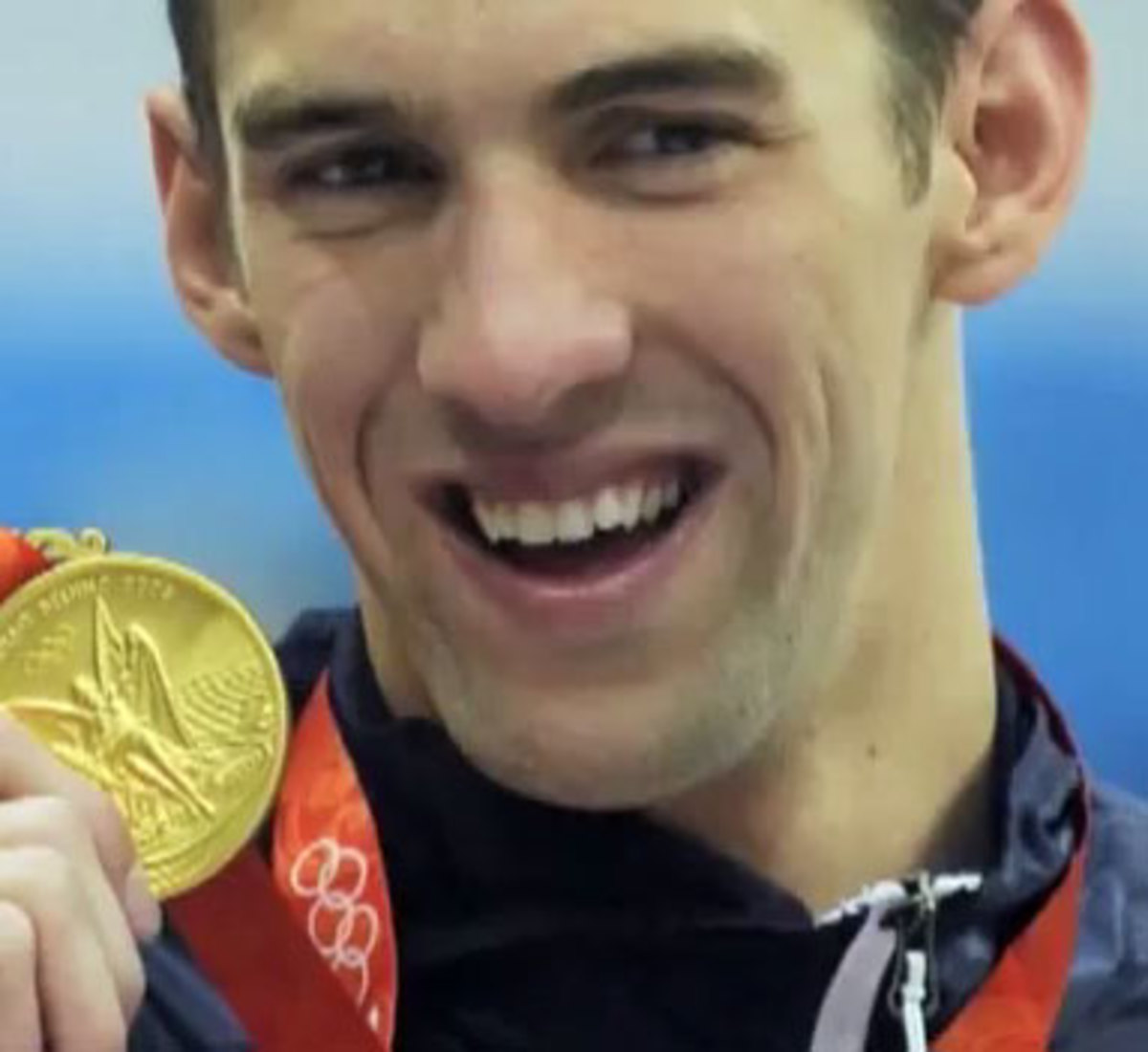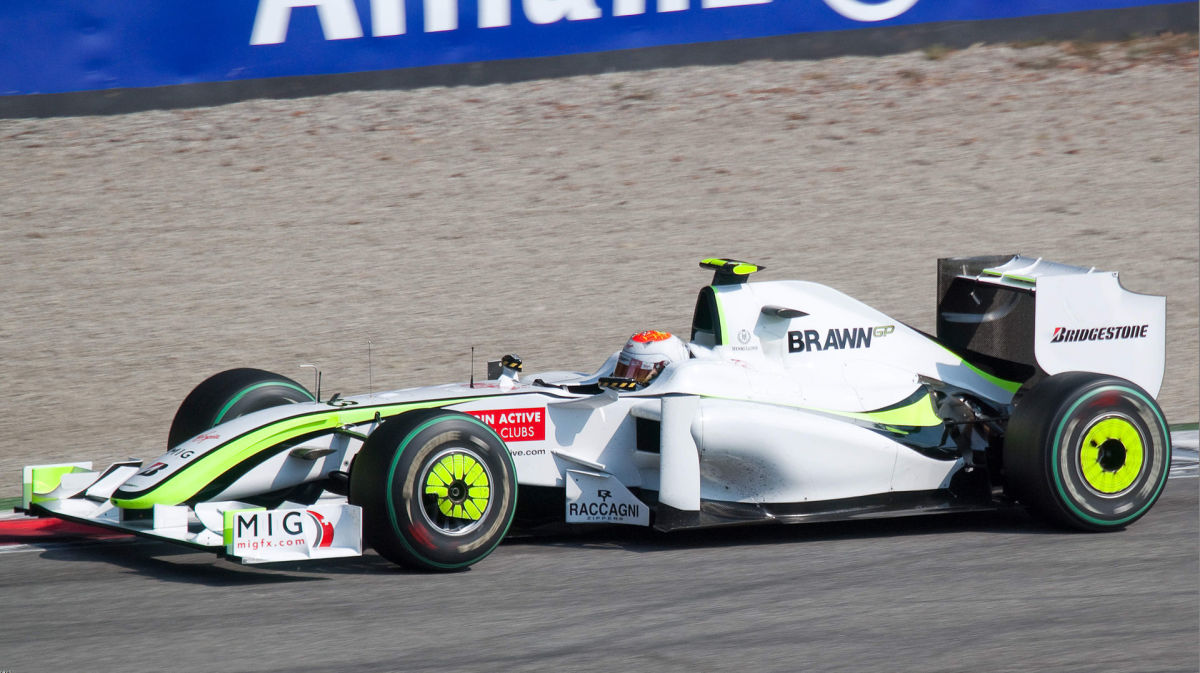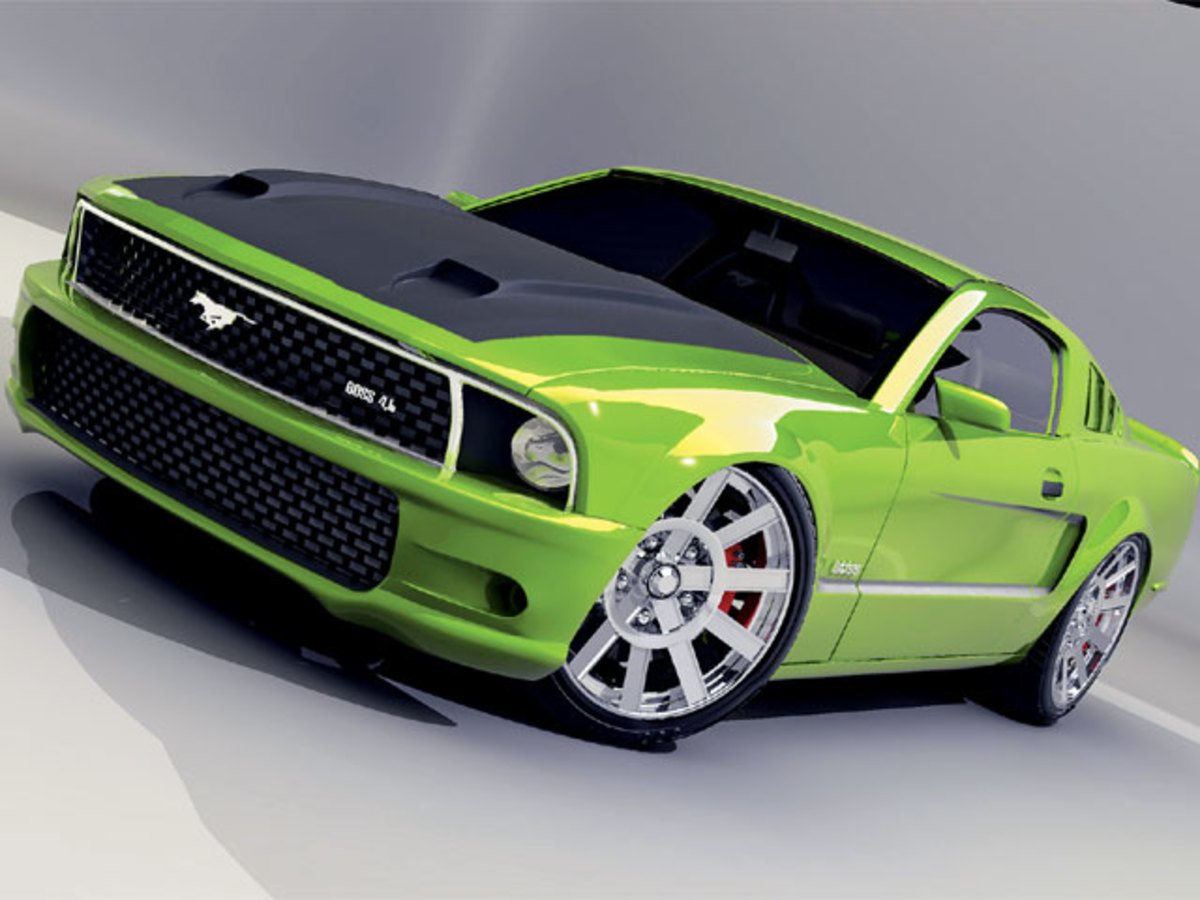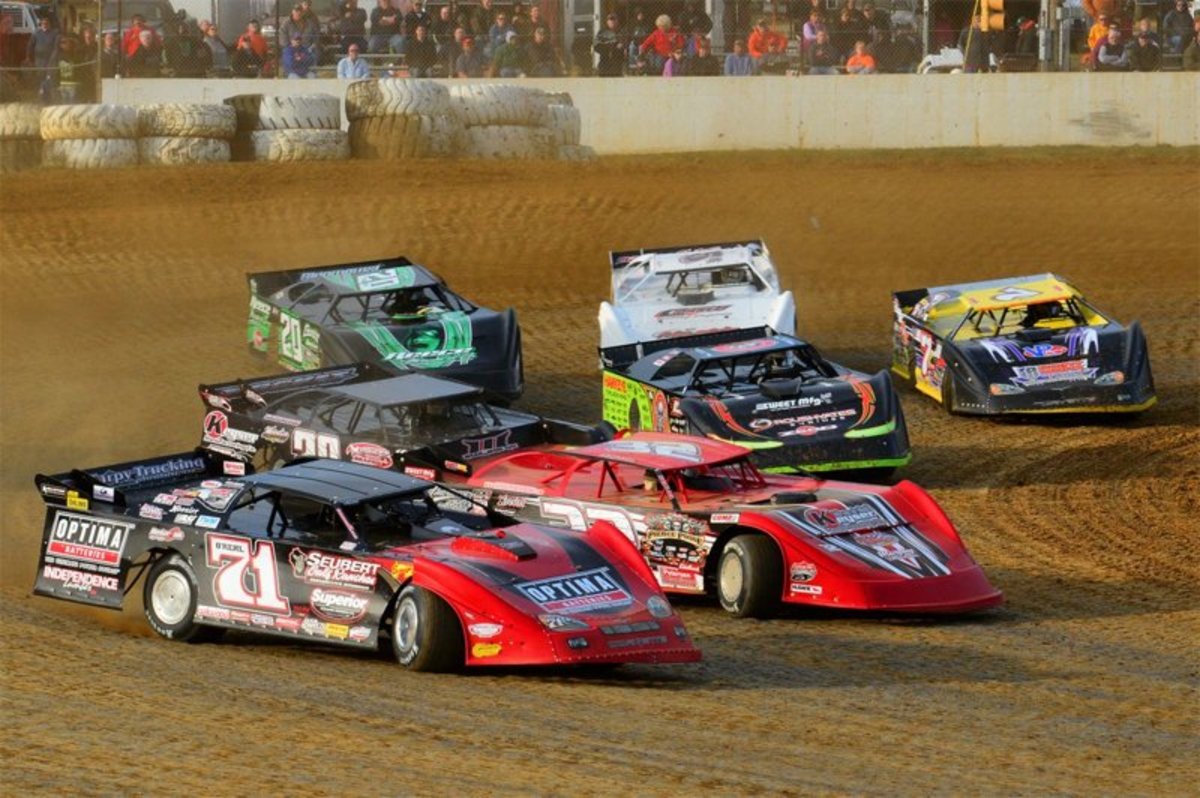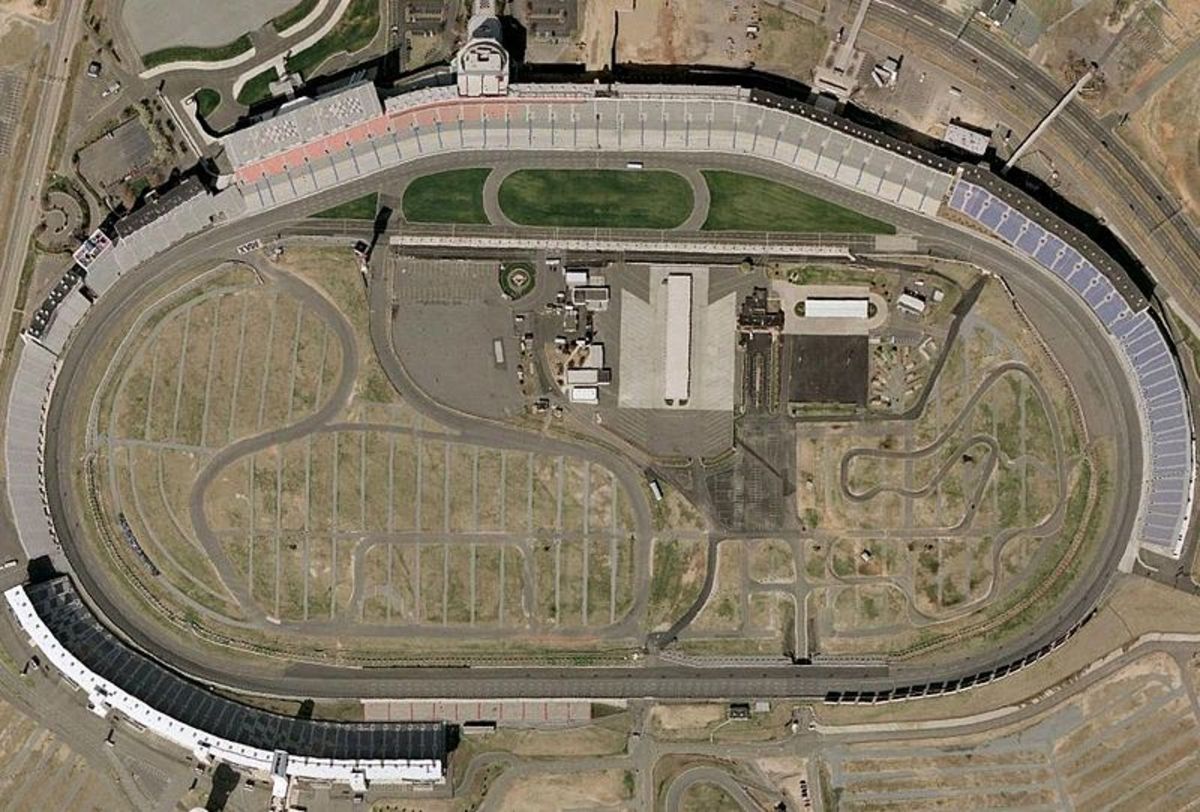F1 World Champions List
Speed, Skill, Passion - Formula One Champions
I have already covered other motorsport, in a separate article and my fascination with NASCAR led me, naturally, to list the Formula One racing Champions as well. Two separate motor sports, both equally fascinating. I have also done a Formula One History if you would like to read it.
I have looked at each decade of Formula One racing since its inception and listed the champions for each decade.
Some of the last 6 decades have been dominated by 2 or 3 drivers and this has not made for exciting 'racing' but Formula One racing moves with the times and rule changes over the last few years have made this decade one of the most exciting yet, with Sebastian Vettel winning the Formula One Championship for the third time in succession in 2012 after two fantastic seasons with lots of exciting racing for spectators and a fantastic new Grand Prix circuit in Austin, Texas and another on the way in New Jersey.
This hub looks at all of the Formula One racing Champions since 1950.
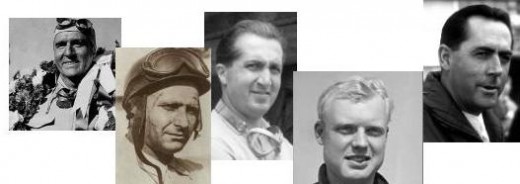
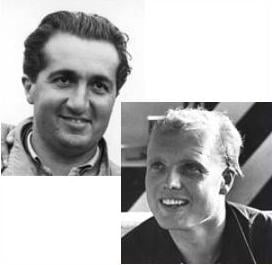
1950s Formula One Racing Champions
Formula One racing's first champion, Nino Farina had the distinct disadvantage of competing as a contemporary of, arguably, one of the greatest racing drivers in any format, Juan Manuel Fangio.
Farina had been racing a long, long time and when offered the chance to drive an Alfa Romeo in the inaugural season for Grand Prix, he jumped at the chance.
In his only championship in 1950, he won 3 of the 7 races to lift the trophy.
Although, a gifted driver, he could not complete with Fangio.
Juan-Manuel Fangio was the Argentinian driver known as 'El Maestro', the Master!
Fangio was an amazingly successful driver and won the world championship five times with four different cars. Basically, his talents transferred to whatever chassis and engine he was given and he delivered.
Fangio was thrown out of his car at Monza in 1952 and broke his neck but he still came back to race again the next year.
As a driver, he was well-respected by drivers but especially by his crew to whom he paid 10% of his winnings throughout his career. He understood that it was not just the driving that won championships.
Alberto Ascari's racing career was also promising as he won 2 championships in succession. Formula One historians will always wonder what might have been - Ascari was killed in an unschduled practice session, being thrown out of his Ferrari when it skidded on a corner. He died almost immediately. His father had also died in a racing car.
The 1958 Formula One season deserves an article all on its own - Mike Hawthorn won even though he only won one race. Sterling Moss' gentlemanly behaviour probably accounted for Hawthorn winning it - he beat Moss to the championship by 1 point.
Hawthorn's career was beset with tragedy - he won at LeMans in 1955 but may have contributed to a crash which sent a car flying into the stands, killing 83 spectators.
Hawthorn retired immediately after winning the title because his friend and fellow driver Pete Collins had been killed at the German Grand Prix and he was devastated.
Another bitter rival, Luigi Musso had also been killed at the French Grand Prix, Mike Hawthorn was victorious but also strangely, a broken man. By the end of the year, he too was dead, killed in a road accident, aged just 29.
Jack Brabham won the last championship of the 50s in his usual 'quiet' way. He drove a Cooper which was the first Formula One car with an engine 'in back'. Brabham went on to repeat his success in 1960 and then went onto create his own successful formula one team.
Year
| Driver
| Car
|
|---|---|---|
1950
| Giuseppe Farina
| Alfa Romeo
|
1951
| Juan Manuel Fangio
| Alfa Romeo
|
1952
| Alberto Ascari
| Ferrari
|
1953
| Alberto Ascari
| Ferrari
|
1954
| Juan Manuel Fangio
| Maserati Mercedes
|
1955
| Juan Manuel Fangio
| Mercedes
|
1956
| Juan Manuel Fangio
| Ferrari
|
1957
| Juan Manuel Fangio
| Maserati
|
1958
| Mike Hawthorn
| Ferrari
|
1959
| Jack Brabham
| Cooper
|


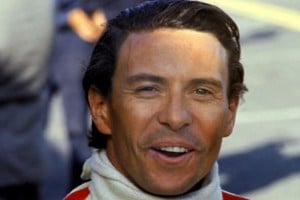
1960s Formula One Racing Champions
Jack Brabham won his second successive Formula One championship in 1960 and another in 1966. The latter championship is the more remarkable because he won in one of his own team cars - the Brabham racing car would go on to win a number of Formula One championships with different drivers in the cockpit.
1961 winner, Phil Hill remains the only American-born winner of the Formula One Championship.
Mario Andretti won it years later but was a naturalised American, having been born in Italy. Hill was a well-respected driver and a true gentleman of the sport. He devoted his later years to collecting and showing classic cars.
Graham Hill became Formula One racing champion in 1962 and repeated the feat in 1968 - charming, charismatic, fun-loving Hill was a track favourite with spectators and other drivers alike.
He lived the high life of an F1 driver throughout his career. He remains the only driver to have won the 'Triple Crown' of motorsports - Formula One World Champion, Indianapolis 500 and the LeMans 24 hours.
Graham Hill's son, Damon went on to be a Formula One racing champion in the 1990s.
Graham Hill died in a plane crash in which he was the pilot. All six people on board were killed - Hill and five members of his racing team.
The 1963 and 65 Formula One racing champion, Jim Clark was voted the best Formula One driver of all time by The Times in 2009.
A sublimely gifted driver who excelled in almost every format, including NASCAR, IndyCar and rallying, Clark was famous for being able to drive in almost any conditions. His win in Spa, Belgium in thick fog and rain in 1963 was a master class in dealing with adverse racing conditions.
Sadly, Jim Clark died in a Formula Two invitation event at Hockenheim. His car veered off the track and hit trees; he died on his way to hospital. Nobody was certain of what caused the crash but the most likely explanation is that Clark's rear tyre was deflated.
John Surtees became Formula One Racing Champion in 1964 and remains the only driver to have been a Motorcycle and Formula One World Champion. It would be another 11 years before Ferrari would win the championship again.
New Zealander, Denny Hulme's championship win in the Brabham in 1967 was won after a hard fought campaign by Hulme, Brabham (still behind the wheel of his own car), Jim Clark and Graham Hill.
Hulme amassed enough podium positions as well as his two wins to take the trophy ahead of Brabham. He remains the only New Zealander to become Formula One Champion.
In 1969 Jackie Stewart, 'The Flying Scot' won his first of 3 Formula One Championships. Stewart was a remarkable racing driver, as famous for improving the safety of Formula One as for his driving. He won in the Matra car, the only time the 'brand' (an affiliate of Tyrrel) won a championship under that name. Stewart went on to win again in 1971 and 1973.
Year
| Driver
| Car
|
|---|---|---|
1960
| Jack Brabham
| Cooper
|
1961
| Phil Hill
| Ferrari
|
1962
| Graham Hill
| BRM
|
1963
| Jim Clark
| Lotus
|
1964
| John Surtees
| Ferrari
|
1965
| Jim Clark
| Lotus
|
1966
| Jack Brabham
| Brabham
|
1967
| Denny Hulme
| Brabham
|
1968
| Graham Hill
| Lotus
|
1969
| Jackie Stewart
| Matra
|


1970s Formula One Champions
Jochen Rindt won the Formula One title posthumously in 1970, the only driver to ever do so and not a record anyone in F1 wants to see broken for obvious reasons.
Rindt had led the championship all year, winning 5 of the 10 races that year. He was killed in practice for the Italian Grand Prix, the fault of poorly fitted crash barriers. He was 27 years old and the second driver, along with Jim Clark to die behind the wheel of a Lotus car.
After Jackie Stewart's second win in 1971, Emerson Fittipaldi won the first of 2 championships for him, one in a Lotus, the other in a McLaren. He later drove for his bother's unsuccessful team and retired from F1 in 1980 to go and drive in CART racing in the USA where he had a decent career, eventually hanging up his helmet in 1985.
1975 saw the return of Ferrari to the winner's enclosure and in the cockpit was one of the most well-respected racing champions ever, Niki Lauda. 'The Rat' as he was called was a wily competitor and a gifted driver but his principles led to him not being respected properly.
Lauda was badly burned in a race incident at the Nurburgring in 1976, a race he had attempted to have boycotted by other teams. He accepts today that he is lucky to be alive.
The other teams would not stand behind him in his concerns for the safety of the track.
Lauda returned to racing after only 6 weeks but in the last race of the season pulled up in his Ferrari in heavy rain because he could not see due to the burn damage to his eyes.
He lost the Formula One championship by 1 point to James Hunt. Ferrari were furious with him for pulling out of the championship when they might have won it for the second year in a row.
Lauda won for Ferrari again in 1977 but left the team for McLaren before retiring (twice) to run hisown aviation company.
Mario Andretti became Formula One Champion in 1978 after an already illustrious racing career in the USA. He drove for the Lotus team and brought a wealth of driver knowledge into the design of their cars for each race, thanks to his knowledge from racing on ovals.
Andretti did not properly celebrate his title win because his teammate, Ronnie Peterson died after the race from complications of surgery after an accident during the race.
Jody Scheckter became Formula One Racing Champion in 1979, the last man to won the championship for Ferrari until Michael Schumacher 21 years later.
Scheckter had a chequered career and was seen as a promising driver but after victory in 1979, he struggled and retired before the end of the 1980 season.
Year
| Driver
| Car
|
|---|---|---|
1970
| Jochen Rindt
| Lotus
|
1971
| Jackie Steart
| Tyrrel
|
1972
| Emmerson Fittipaldi
| Lotus
|
1973
| Jackie Stewart
| Tyrrel
|
1974
| Emmerson Fittipaldi
| McLaren
|
1975
| Niki Lauda
| Ferrari
|
1976
| James Hunt
| McLaren
|
1977
| Niki Lauda
| Ferrari
|
1978
| Mario Andretti
| Lotus
|
1979
| Jody Scheckter
| Ferrari
|


1980s Formula One Champions
Alan Jones became F1 champion in 1980, the first man to win in a Williams car. But his co-driver in 1981 was Carlos Reutermann, a driver who would not follow team orders and felt that he was a better driver than Jones.
The two had a feisty relationship which soured considerably when Reutermann would not let Jones past him in a race, eventually costing him his second championship. Ruetermann for his own part, outsmarted Jones all year - point proved!
Nelson Piquet won in a much-improved Brabham car, a feat he would repeat in 1983. Piquet was a talented but driven driver who often rubbed other drivers up the wrong way.
Keke Rosberg's Formula One racing championship win in 1982 owed much to a consistent Williams car and his competitive driving style but these years are notorious ones for car redevelopment in the middle of the season leading to terrible inconsistencies with both chassis and engine. Rosberg's consistent 1982 car made no impact in subsequent seasons, largely to tinkering with car development.
The Williams won again in 1987 with Nelson Piquet in the cockpit but other than that the decade was dominated by the new McLaren car, first with another championship victory for Niki Lauda and then several for McLaren's new drivers, 'the professor', Alain Prost and the incomparable Ayrton Senna.
Both drivers won 4 of the remaining 5 Formula One racing championships and they weren't finished there!
Year
| Driver
| Car
|
|---|---|---|
1980
| Alan Jones
| Williams
|
1981
| Nelson Piquet
| Brabham
|
1982
| Keke Rosberg
| Williams
|
1983
| Nelson Piquet
| Brabham
|
1984
| Niki Lauda
| McLaren
|
1985
| Alain Prost
| McLaren
|
1986
| Alain Prost
| McLaren
|
1987
| Nelson Piquet
| Williams
|
1988
| Ayrton Senna
| McLaren
|
1989
| Alain Prost
| McLaren
|


1990s Formula One World Champions
The 1990s was a wonderful decade of Formula One racing with some amazing driving and at last, some consistency in the cars.
Sadly, it was also the decade which saw the deaths of a number of drivers due to safety concerns but acted as a catalyst for safety changes in Formula One as one of Formula One's best racers, Ayrton Senna lost his life in a head on collision with a concrete wall at Imola.
Senna became F1 champion again in 1990 and 91 with Nigel Mansell finally becoming champion in 1992 after a devastating blow out in the Australian Grand Prix had stolen the title from him in 1991.
In 1993, Alain Prost returned as Formula One champion in what would be his last hurrah. He has suggested that Senna's death at Imola in 1994 changed his feelings towards racing.
Michael Schumacher would begin his rise to prominence in the 1990s, first becoming champion in the Benetton in 1994 and 1995 before Damon Hill and Jacques Villeneuve would win back to back championships for the regenerated Williams car in 1996 and 97.
Mika Hakkinen, the quiet Fin would become Formula One champion twice in a McLaren before retiring in 2001. Maybe he could see that Michael Schumacher was in a better car and was more or less unbeatable.
Year
| Driver
| Car
|
|---|---|---|
1990
| Ayrton Senna
| McLaren
|
1991
| Ayrton Senna
| McLaren
|
1992
| Nigel Mansell
| Wiliams
|
1993
| Alain Prost
| Williams
|
1994
| Michael Schumacher
| Benetton
|
1995
| Michael Schumacher
| Benetton
|
1996
| Damon Hill
| Williams
|
1997
| Jacques Villeneuve
| Williams
|
1998
| Mika Hakkinen
| McLaren
|
1999
| Mika Hakkinen
| McLaren
|


2000s Formula One Champions - The Schumacher Years
Ultimately, people will look back on the first decade of the 21st century and the name of Michael Schumacher will be the first on their list.
Michael Schumacher was the dominant driver in that decade because he was driving a brilliant Ferrari car.
He dominated the first 5 years of the decade and in doing so, became the most successful Formula One racing driver of all time - winning 5 championships in a row between 2000 and 2004.
His run came to an end in 2005 when Fernando Alonso won the F1 championship with Renault.
Ferrari had dominated for so long that the Formula One authorities deliberately changed rules regarding tyres to give other teams a fighting chance against Ferrari.
He retired from Formula One racing first time in 2006 but returned as a Mercedes driver, reunited with Ross Brawn in 2011.
He retired for a second time at the end of the 2012 Formula One season. He still managed to finish the championship in 13th place and even made the podium during one race.
Michael Schumacher was an incredible driver whose reputation was somewhat sullied by his unsportsmanlike behaviour from time to time.
At other times though, his driving was sublime - there was nobody better in the wet and like Senna before him, Michael Schumacher always drove on the edge - that fine line between being brilliant and merely excellent!

2000s Formula One Champions - Alonso, Raikkonen, Hamilton & Button
Fernando Alonso proved himself to be an incredible driver when driving for Renault.
He was Formula One racing champion twice for Renault before leaving for a seat at McLaren. He returned to Renault for two less successful seasons in 2008-9 when he then got a seat at Ferrari. Many think he is still good enough to win another championship, car permitting!
His move to McLaren coincided with them bringing in their new driver, Lewis Hamilton. Alonso, rightly or wrongly expected to be McLaren's #1 driver but felt that McLaren favoured the British driver. For Hamilton's part, he too felt like he was driving the best car and should be given, at least the chance to race against Alonso.
It was an uneasy time for Alonso and he left McLaren after only one year. Hamilton went on to win the championship in 2008 whilst Alonso drove the less successful Renault.
2009 was the year for a very popular Formula One champion, Britain's Jenson Button whose old team, Honda declared their intention of leaving Formula One at the height of the recession, having run out of money.
Jenson spent the offseason with no drive until Ross Brawn stepped into the void by buying out the Honda team and renaming it Brawn GP.
At last, Jenson Button and Rubens Barichello both had a drive for 2009. In a strange season which saw him win 6 of the first 7 Grand Prix, the car then went away from both he and Barrichello and any early optimism that he might win the championship started to recede as other drivers began to catch up.
His drive at the Brazilan Grand Prix will go down in history as a master class in overtaking and also showed what a smooth driver Jenson Button could be. From fourteenth on the grid, he weaved his way through the field to finish fifth and become the 2009 Formula One Racing Champion.
In 2010, he left Brawn GP to drive for McLaren, the team he was meant to drive for many years before. He was Formula One Championship runner up in 2011.
Year
| Driver
| Car
|
|---|---|---|
2000
| Michael Schumacher
| Ferrari
|
2001
| Michael Schumacher
| Ferrari
|
2002
| Michael Schumacher
| Ferrari
|
2003
| Michael Schumacher
| Ferrari
|
2004
| Michael Schumacher
| Ferrari
|
2005
| Fernando Alonso
| Renault
|
2006
| Fernando Alonso
| Renault
|
2007
| Kimi Raikkonen
| Ferrari
|
2008
| Lewis Hamilton
| McLaren
|
2009
| Jenson Button
| Brawn
|

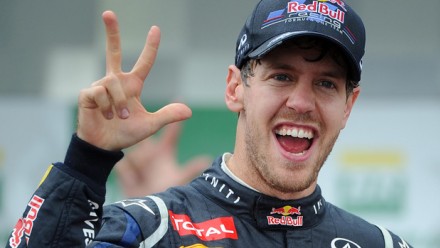
Was the is the best qualifying lap ever? Hamilton, Singapore 2018
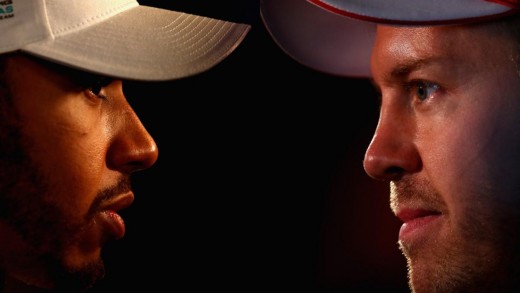
Formula One Champion - 2010-2018
In the early part of the second decade of this century, Formula One racing driver has dominated the world championship and that is German driver, Sebastian Vettel.
Sebastian Vettel did this in a Red Bull racing car. His success in that car has yet to be replicated in a Ferrari.
He won the 2010 season.
He won the 2011 Formula One Championship on the last day of the season
He again won the 2012 F1 championship on the last day of the series and again his closest competitor was Ferrari driver, Fernando Alonso.
Many consider Sebastian Vettel one of the best racing drivers in Formula One and deserving of victory #3.
However, others consider Fernando Alonso the better 'racer'. He has given Vettel a very close season in an inconsistent Ferrari.
His co-driver, Felipe Massa has not really featured in the other Ferrari showing that Alonso has the measure of his car and is still able to get the best out of the car.
But Vettel won two Formula One Championships in fine style in 2010 and 2011 and even in 2012 had a consistent if not dominant season. He is a nice young man too, well liked by fans and other drivers.
He can get frustrated during races but is a good driver in a superior car. Red Bull's #2 driver, Mark Webber has always seemed to promise so much and never quite delivered.
Sebastian Vettel was never going to stay at Red Bull especially when it started going backwards after new race regulations in 2014 - he'd taken Championship number 4 in 2013 but in 2014 was usurped by Lewis Hamilton in the rebranded Brawn - Mercedes bought it and put their own engine inside of the very fast chassis. Lewis Hamilton won back to back championships in 2014 and 2015 and his team mate, Nico Rosberg took the prize in 2016 and then retired! 2016 turned out to be a very good season with both Mercedes men at one another's throats both on and off the track - no love lost between these two.
Lewis Hamilton became the most successful British F1 driver in 2017 when he took his 4th World Championship crown.
In 2018, the early part of the season was exciting for fans because there were three teams in the hunt for the first time in a few years.
Max Verstappen and Daniel Ricciardo showed off the aerodynamic wonders of a rejuvenated Red Bull but the Ferrari and Mercedes teams lead the way with some straight line and speed trickery that had other teams wondering if what they had under the bonnet was strictly within the rules.
The Ferraris became good at getting on pole and found a lot of extra speed mid-season as the leader board was held by either Sebastian Vettel or Lewis Hamilton.
Sebastian Vettel's erratic, bad-tempered behaviour when under pressure led him to totally mess up a few starts and first corners and the Mercedes, with the cool-headed Lewis Hamilton in the cockpit eventually became dominant late in the season.
Viewers at home watched in wonder as he qualified on pole in Singapore with what some F1 fans have called a flawless lap.
Lewis Hamilton picked up his fifth world championship title in Mexico - putting him in the company of 'the greats' once and for all. Only Michael Schumacher's seven titles can better his achievements.
Will Hamilton be the dominant force in F1 in 2019 - we can't wait to find out!
Many thanks for reading.


